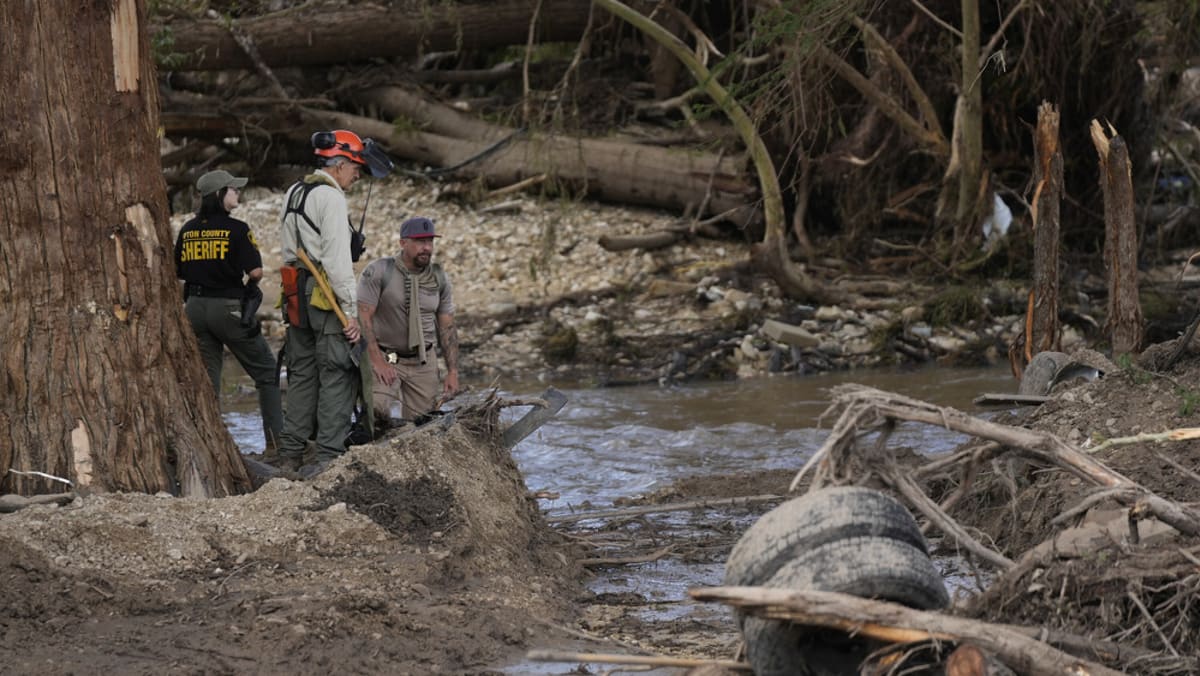During an at-times tense news conference, Baker skirted a question on the speed of the emergency response.
“Right now, this team up here is focused on bringing people home,” he said.
Shel Winkley, a weather expert at the Climate Central research group, blamed the extent of the disaster on geography, the remnants of tropical storm Beryl, and exceptional drought, when dry soil absorbs less rainfall.
“This part of Texas, at least in the Kerr County flood specifically, was in an extreme to exceptional drought. So that’s the worst drought conditions that you can have, and we know that since May, temperatures have been above average,” Winkley told reporters.
The organisation’s media director, Tom Di Liberto, said staffing shortages at the National Weather Service had contributed to the disaster.
“What happens, and this is shared not only in Texas but weather forecast offices across the country, is that the people with the most experience dealing with these extreme (events), but also communicating it, have left in a lot of places, so you can’t necessarily replace that experience,” Di Liberto said.
